Can You Use a Heating Pad with a Lidocaine Patch (Without Risk)?
You've got a lidocaine patch on your aching back, and you're reaching for your heating pad. Stop right there.
Mixing heat with medicated patches might seem like a good idea for faster relief, but it actually changes how the medication works. Heat significantly increases drug absorption through your skin, which can lead to higher-than-intended medication levels in your bloodstream.
This is why the FDA and medical professionals recommend keeping heat sources separate from topical pain patches—it's about using each tool safely and effectively for the best results.
The short answer matters less than understanding why. Let's find out.
How Lidocaine Patches Work
Lidocaine patches are local anesthetics that numb nerves in specific areas of your body. You apply them directly to your skin over the painful spot.
The patch releases lidocaine continuously through your skin, blocking sodium channels on damaged pain fibers underneath. This stops those nerves from sending pain signals to your brain. Less than 5% of the lidocaine gets absorbed into your bloodstream—not enough to cause systemic effects or make you feel numb.
The medication works directly on nearby pain fibers, interfering with their ability to transmit pain signals. Takes about 30 minutes to kick in.

Source: https://www.laspinedoc.com
Two types available:
-
Over-the-counter (OTC): 4% lidocaine patches you can buy at any pharmacy
-
Prescription strength: 5% patches (Lidoderm) or 1.8% topical systems (Ztlido) for more severe pain
Prescription versions are applied once daily for up to 12 hours, then removed for 12 hours (12 on, 12 off). Never use more than 3 patches at once.
What Types of Pain Can Lidocaine Patches Effectively Relieve?
Prescription patches (5% lidocaine) treat nerve pain from shingles—specifically post-herpetic neuralgia, those burning, stabbing pains that linger months or years after the rash heals.
Over-the-counter patches (4% maximum strength lidocaine) provide temporary relief for minor pain in the shoulders, arms, neck, and legs. They're OTC topical analgesics available without a prescription.

Common pain types that respond to lidocaine transdermal patches:
-
Back pain: Lower back, middle back (between shoulder blades), and upper back near the neck all benefit from targeted patch placement.
-
Neck and shoulder pain: Musculoskeletal pain from injuries or chronic tension responds to patches applied directly to the affected area.
-
Joint pain: Knees, elbows, ankles, wrists—anywhere you have localized joint discomfort.
-
Nerve pain: Neuropathic pain from damaged nerves, including diabetic neuropathy and sciatic nerve issues.
-
Muscle pain: Spasms, soreness, and tension in specific muscle groups.
-
Shingles-related pain: The primary FDA-approved use for prescription patches.
-
Tattoo pain: Applied before sessions to numb the skin, making linework and shading more tolerable.
Lidocaine transdermal patches work best for localized pain—they only numb the specific area where you place them. If your whole body hurts or pain moves around, you need different pain relief products.
What they DON'T work for: Inflammatory pain like arthritis. Lidocaine isn't anti-inflammatory, so swelling-related pain needs NSAIDs instead.
Heating Pad vs Lidocaine Patches for Pain Relief
Different tools, different jobs.
-
Lidocaine patches numb nerves chemically. They stop pain signals from traveling through damaged nerve fibers. Best for nerve pain, post-surgical pain, and chronic conditions where nerves send constant pain signals.
-
Heating pads increase blood flow and relax muscles through warmth. They work for muscle tension, stiffness, and pain from overuse or strain.
| Feature | Lidocaine Patch | Heating Pad |
| Mechanism | Blocks nerve signals chemically | Increases blood flow with heat |
| Best For | Nerve pain, chronic pain, shingles | Muscle tension, stiffness, cramps |
| Duration | 8-12 hours per application | As long as it's on (usually 15-30 min) |
| Portability | Wear under clothing all day | Requires a power source |
| Side Effects | Possible skin irritation, medication absorption | Burn risk if too hot |
Heat therapy patches exist as alternatives—they work like heating pads, but you can wear them on the go without electricity.
You might think combining both would give better results. Wrong.
How a Heating Pad Affects Lidocaine Patches
Heat changes everything about how lidocaine absorbs into your body—and not in a good way.
Heat speeds up medication absorption through your skin, exposing you to higher amounts than recommended in a given timeframe. External heat disrupts the intended slow-release mechanism, leading to elevated lidocaine levels in the bloodstream.

What happens: Studies show that 20 minutes of heating pad exposure causes immediate increases in lidocaine plasma concentrations. One documented case showed an 11-fold increase in blood lidocaine levels when someone fell asleep on a heating pad while wearing patches.
Symptoms of too much lidocaine absorption:
-
Lightheadedness, dizziness, nausea, blurred vision, ringing in the ears
-
Confusion, slurred speech, muscle twitching, seizures (severe cases)
-
Heart rhythm problems, low or high blood pressure
-
Increased risk of skin burning or blistering
Prescription lidocaine transdermal patch instructions explicitly warn: "Protect the treated area from direct heat such as heating pads or electric blankets."
How Long After a Lidocaine Patch Can I Use a Heating Pad?
Wait at least as long as you wore the patch before applying heat to the same affected area. Wore it for 12 hours? Wait 12 hours after removal. This gives your skin time to clear residual medication.
Timing breakdown:
-
Prescription 5% patches: 12 hours on, 12 hours off. Wait the full 12-hour off period before using heat.
-
OTC 4% patches: Up to 8 hours on. Wait at least 8 hours after removal before applying heat.
Exception:
Ztlido 1.8% topical system can be applied after moderate heat exposure (15 minutes of heating pad on medium setting)—but never simultaneously.
If you missed a patch or applied it late, don't double up. If you forget to wear or change a skin patch, put one on as soon as you can. If it's almost time for your next dose, wait and skip the missed patch. Follow your regular dosing schedule.
Why the wait matters:
Lidocaine continues absorbing into your bloodstream even after patch removal. Heat applied too soon increases that absorption when medication levels are still elevated.
Better approach? Use other pain relief products during the off period instead of risking heat-related complications.
Other Patches You Should NOT Use with Heat
Lidocaine isn't the only patch that becomes dangerous with heat.
Heat speeds up medication absorption through skin for most topical analgesics—exposing you to higher doses than recommended.
Patches to NEVER combine with heating pads:
-
Fentanyl patches: Opioid pain medication. Heat increases percutaneous absorption dramatically, potentially causing a fatal overdose.
-
Nitroglycerin patches: Used for chest pain prevention. Heat changes absorption rates unpredictably.
-
Hormone patches: Birth control or hormone replacement. Heat alters dosing.
-
Nicotine patches: Smoking cessation. Heat increases nicotine absorption, raising overdose risk.
-
Capsaicin patches: Made from chili peppers. Heat intensifies the burning sensation and absorption.
-
Methyl salicylate (wintergreen) patches: Exercise and heat exposure increase absorption, which has caused acute poisoning.
Counterirritant patches like Icy Hot and Biofreeze also shouldn't be combined with heating pads because their cooling effects make it harder to gauge when the heat gets too hot, causing potential blistering.
General rule: Any medication delivered through a skin patch should be protected from local heat sources—heating pads, electric blankets, hot showers, saunas, or direct sunlight.
How to Use Lidocaine Transdermal Patches Safely
Follow the drug facts label exactly. Mistakes lead to serious adverse effects.
✅ Application Guidelines
-
Apply patches only to intact skin—clean, dry, and unbroken. Don't use on broken skin, cuts, irritated areas, or anywhere with a skin rash.
-
Remove the patch from its envelope right before use. Wash your hands before and after applying or removing patches to avoid numbing your fingers.
-
Never apply more than 3 patches at one time. Using too many patches increases medication absorption and risk of overdose.
-
Choose areas where tight clothing won't rub the patch. If a patch falls off, don't reapply it—use a new patch but remove it at the originally scheduled time.
❌ What to Avoid
-
Don't use cosmetics, lotions, or other medications on the treated skin areas. Avoid mixing with other topical analgesics—you could absorb too much lidocaine total.
-
Avoid all heat sources: sunlamps, tanning beds, heating pads, electric blankets, heat lamps, saunas, hot tubs, heated waterbeds, long hot baths, and sunbathing.
-
Don't wrap the patch tightly or bandage over it.
⚠️ Special Warnings
-
People with liver disease, kidney problems, or heart conditions may need dose adjustments. Elderly patients face a higher risk of complications.
-
Lidocaine can cause methemoglobinemia—a serious blood disorder that affects oxygen in your blood. Symptoms include pale, gray, or blue colored skin, shortness of breath, fast heartbeat, and dizziness.
-
Never use lidocaine viscous solution for teething pain in children younger than 3 years. The medication poses serious toxicity risks.
🗑️ Safe Disposal
Fold used patches so sticky sides stick together, then throw them away out of reach of children and pets. Even used patches contain enough medication to harm if touched or swallowed.
If this medication is swallowed, call a poison control center or get medical help right away.
Safe Alternatives for Combined Relief
You want better pain relief but can't risk combining patches with heat. Here's what actually works.
Timing Strategy
Use a heating pad and lidocaine patches separately—never at the same time. Apply moderate heat for 15-20 minutes, then apply the lidocaine patch once skin returns to normal temperature.
Or use the patch during the day when you're active, then apply gentle heat therapy during the 12-hour off period at night.
Other Pain Relief Options
-
Capsaicin patches or creams: Made from chili peppers, they work differently from lidocaine and help ease minor pain from arthritis and muscle soreness.
-
Oral pain relievers: Acetaminophen or NSAIDs like ibuprofen taken as directed provide systemic pain relief that works throughout your body.

-
Heat therapy patches: These adhesive patches generate warmth without electricity. They don't contain medication, so there's no absorption risk.
-
For better heat + pain relief: Homlyns' graphene weighted heating pads offer targeted heat therapy with adjustable temperature control (10 heat levels). Use them during your patch-free hours. The weighted design stays in place on the shoulders, neck, or back without slipping. Available options include:

-
CBD patches: Provide continuous pain-relieving CBD directly to painful areas and can be worn for several days.
-
Cold therapy: Ice packs reduce inflammation and numb pain without medication absorption concerns.

When One Method Isn't Enough
Talk to your healthcare provider about adjusting your pain management strategy. They might:
-
Change your lidocaine dosage
-
Prescribe different pain relief products
-
Recommend physical therapy or moderate exercise
-
Suggest combining oral medications with topical treatments safely
When to Call a Doctor
Some symptoms require immediate medical help.

Call 911 or get emergency care if you experience:
-
Blue colored skin, gray skin, or pale-colored skin (signs of methemoglobinemia)
-
Trouble breathing, shortness of breath, or shallow breathing
-
Seizures, confusion, or loss of consciousness
-
Chest pain, irregular heartbeat, or very slow/fast heart rate
-
Severe allergic reactions: swollen skin on the face, throat tightening, difficulty swallowing
If you suspect an overdose, call your poison control center right away at 1-800-222-1222 or get medical help immediately.
Call your doctor if you notice:
-
Skin reaction that's severe, bothersome, or doesn't go away—including blistering, burning feeling, or persistent redness
-
Signs of skin infection: oozing, heat, swelling, or pain at the application site
-
Pain that lasts longer than 7 days or improves, then worsens
-
Numbness around the mouth, tingling tongue, dizziness, ringing in the ears, or blurred vision
Before using lidocaine patches, tell your healthcare provider if you:
-
Have heart problems, liver disease, kidney issues, or a history of blood disorder
-
Take certain medicines that might interact with lidocaine
-
Are you pregnant or breastfeeding
-
Have allergic reactions to topical anesthetic medications or other medications
Don't wait. When it comes to medication safety, it's better to call your doctor and be wrong than to ignore warning signs and end up with serious complications.
Ready to Stay Safe and Pain-Free with Homlyns?
The bottom line? Never use a heating pad with a lidocaine patch—the risks far outweigh any potential benefits. Heat dramatically increases medication absorption, which can lead to overdose symptoms, skin burns, and serious complications that require emergency care.
Key takeaways to remember:
-
Wait at least as long as you wore the patch before applying any heat to the treated area
-
Heat increases lidocaine absorption by up to 11 times normal levels
-
Prescription and OTC patches both carry the same heat-related risks
-
Separate your pain management strategies—use heat during patch-free hours
-
Watch for warning signs like dizziness, confusion, or skin discoloration
When you're ready to use heat therapy safely, Homlyns' weighted heating pads give you precise temperature control and built-in safety features during your patch-free periods. Our graphene technology delivers consistent warmth exactly where you need it, with overheat protection that keeps you safe while you heal.
FAQs
Is lidocaine an anti-inflammatory?
No, lidocaine is not an anti-inflammatory. It's a local anesthetic that blocks nerve signals to relieve pain, but it doesn’t reduce swelling or inflammation caused by conditions like arthritis.
How many lidocaine transdermal patches can I use at once?
Never use more than 3 patches at the same time. Using more increases medication absorption and overdose risk. If you miss a dose, apply only one patch—do not double up.
Can you put lidocaine on open wounds?
No. Do not apply lidocaine patches to broken skin, open wounds, cuts, or irritated areas. Damaged skin absorbs the medication too quickly, increasing the risk of side effects and uneven pain relief.
Can you use lidocaine patches while pregnant?
Consult your healthcare provider before using lidocaine patches during pregnancy. Although only small amounts enter breast milk, a doctor can determine if the benefits outweigh the risks for your situation.
Can you shower with a lidocaine patch on?
Yes, but keep showers short and avoid hot water directly on the patch. Heat increases lidocaine absorption and can raise side-effect risks. Use lukewarm water over the treated area.
Is it safe to sleep with a lidocaine patch on?
Generally, no—unless approved by your doctor. Most over-the-counter patches are meant for 8–12 hours of use, and wearing them overnight increases the risk of irritation and too much medication absorption. Avoid heat sources such as heating pads or electric blankets.




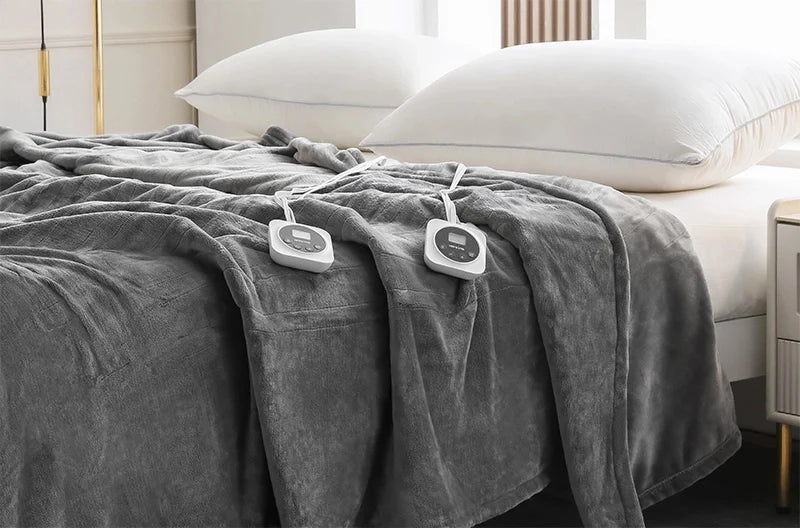
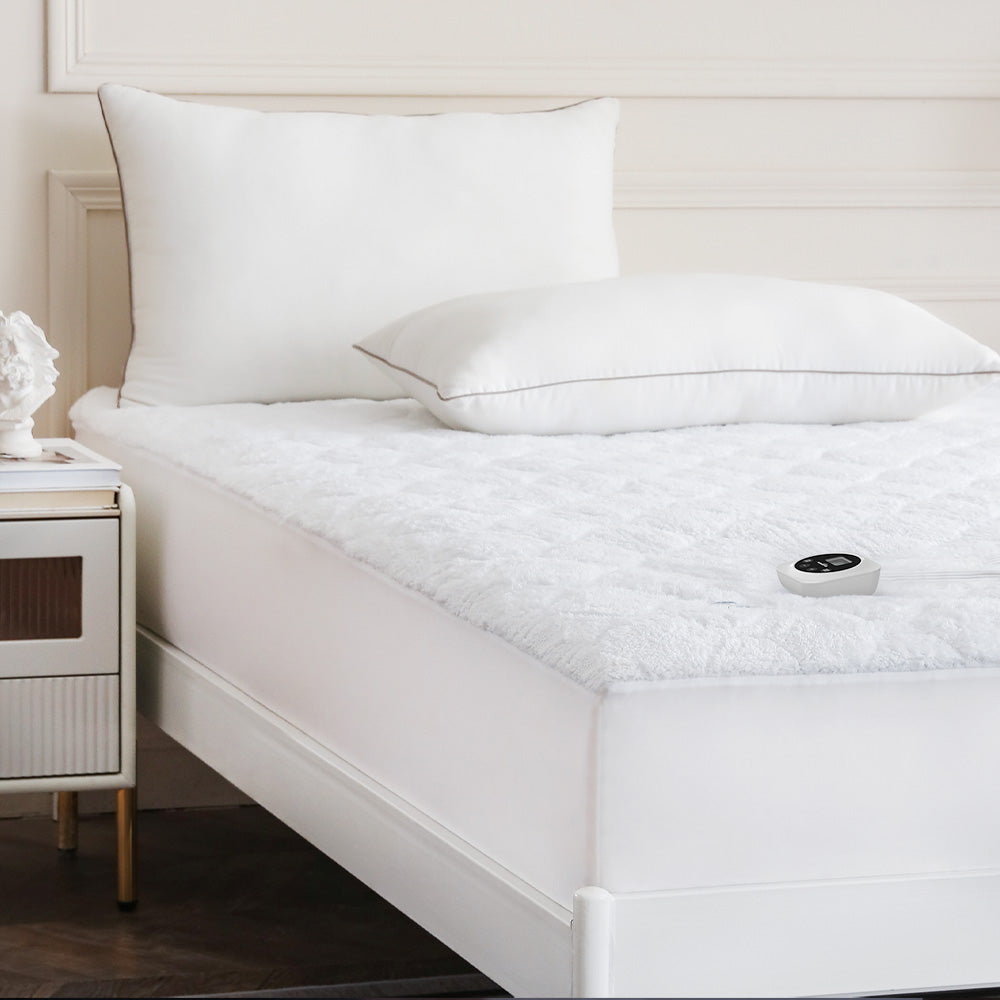

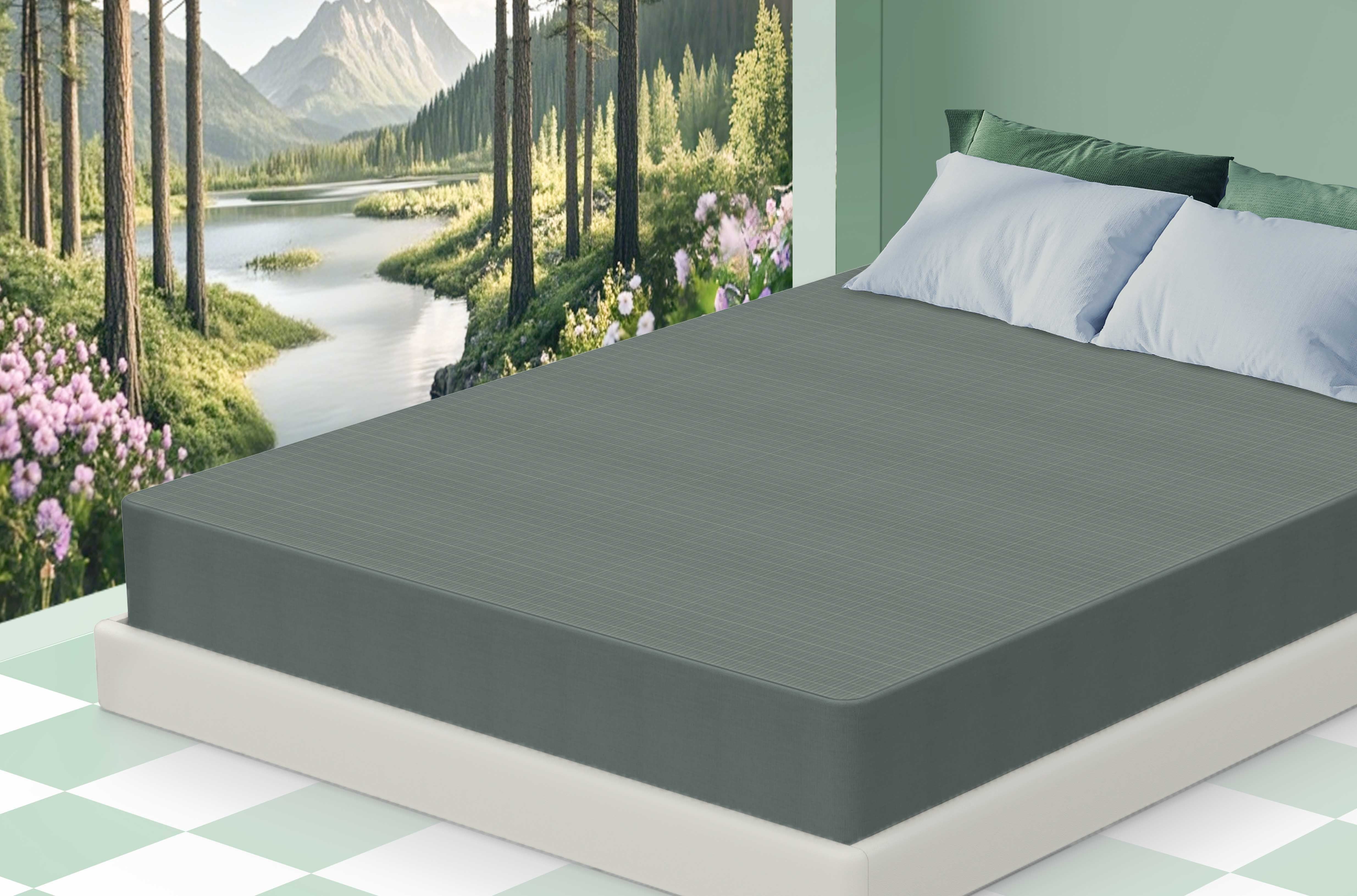

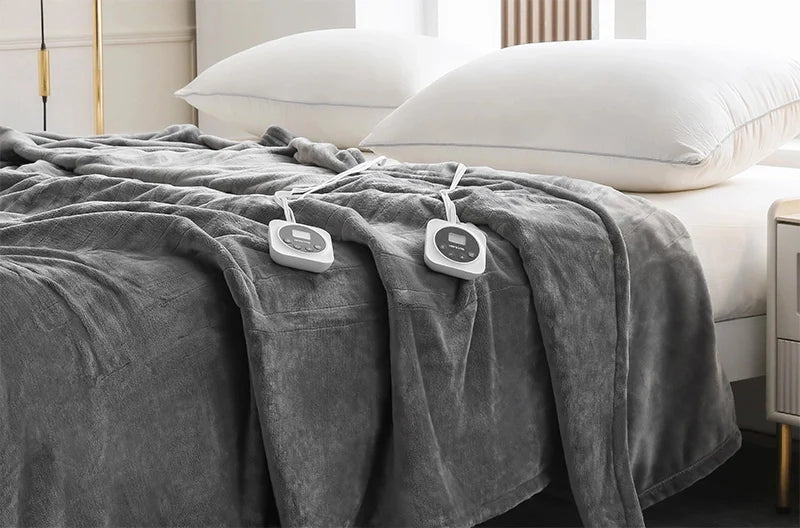
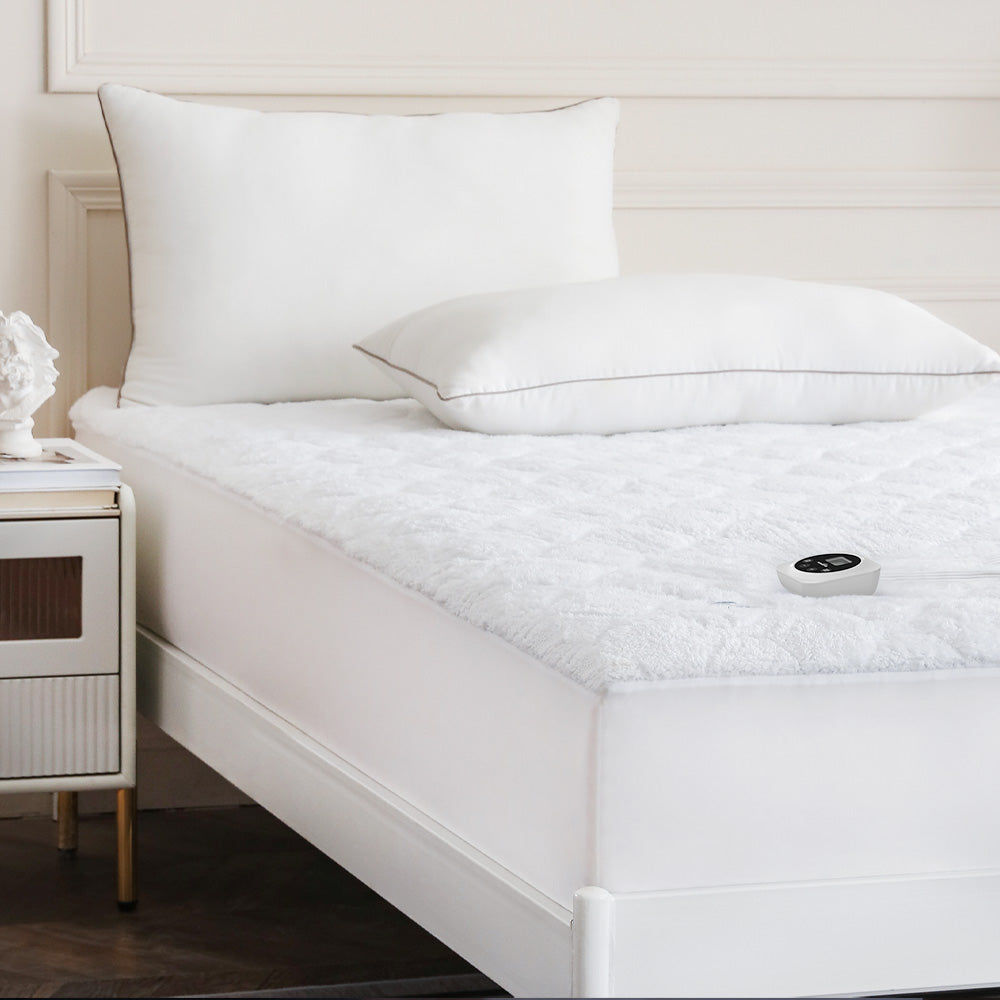
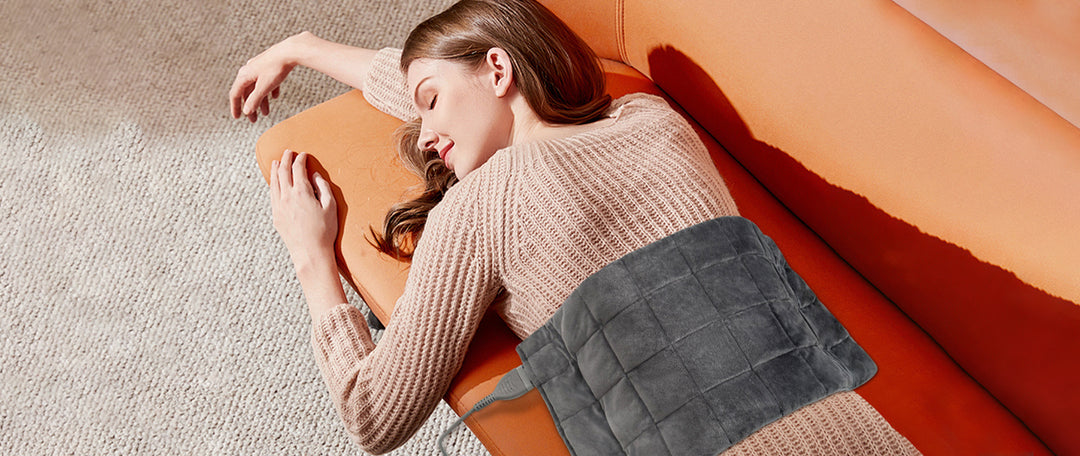
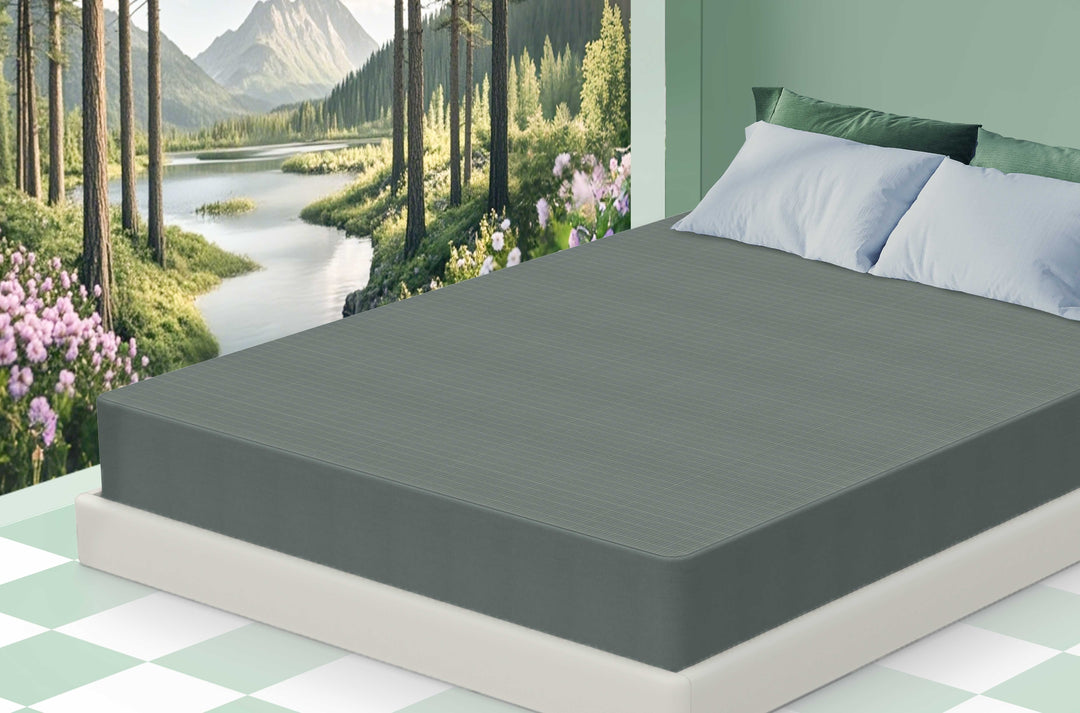

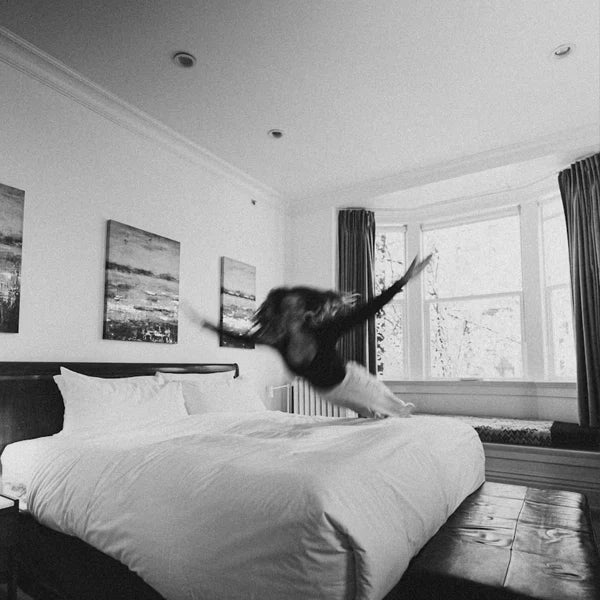

Leave a comment